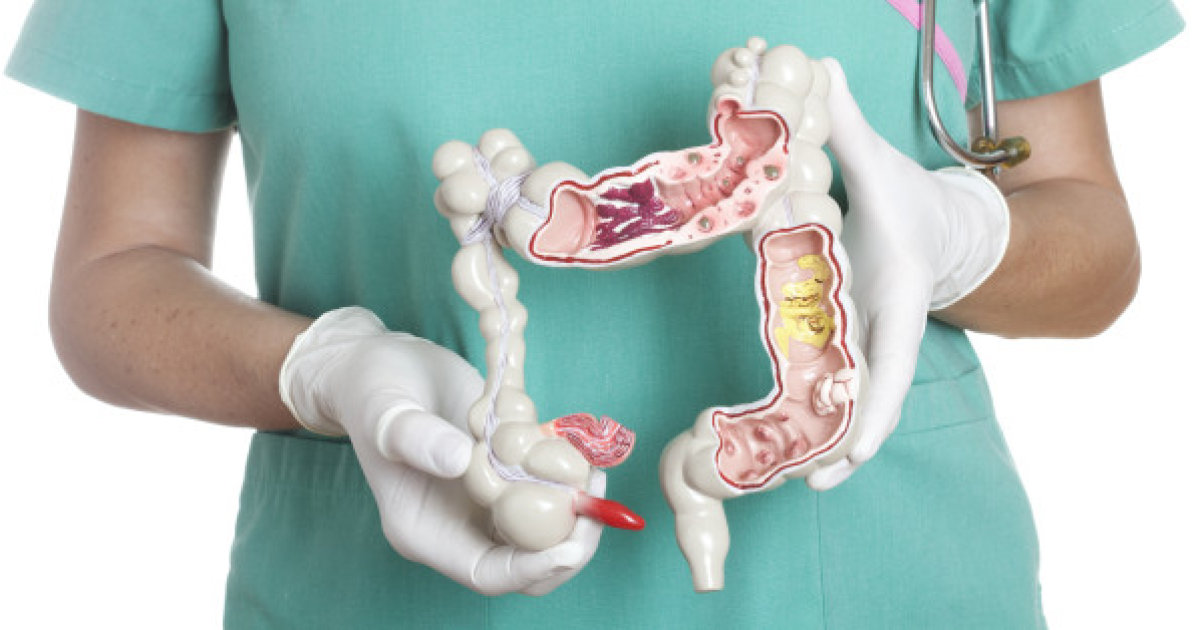What To Expect From A Feeding Tube Insertion Procedure
A feeding tube insertion procedure (gastrostomy) is a surgical procedure where a device called a feeding tube is installed in the stomach through an abdominal incision. Feeding tube insertion procedures are required for patients affected by conditions that make it extremely difficult for them to eat normally. A healthy individual places food into their mouth, which is then chewed and swallowed into their esophagus. From the esophagus, the food moves into the stomach, where it is digested and broken down before entering the small intestine for nutrient absorption. When there is a structural or functional issue with any of the muscles, nerves, organs, or tissues involved in the movement of food to the stomach that keeps an individual from being able to eat, they will need to be fed through an alternative method. A gastrostomy is the first step to implement such a feeding method.
Get familiar with what to expect from a feeding tube insertion procedure now.
Why Feeding Tubes Are Used

An individual may need a feeding tube If they have trouble eating on their own. Patients may need to have a feeding tube placed if they have a malformation of their esophagus or mouth that makes it difficult for them to eat or makes it unsafe for them to eat normally. Individuals who have problems with swallowing and keeping food down may also need to have a feeding tube inserted. Those who are not receiving adequate nutrition or fluids by mouth are also considered candidates for a feeding tube. Some common medical conditions that may necessitate the use of a feeding tube include severe burns, stroke, motor neuron disease, dementia, terminal cancer, premature birth, neurologic disorders, atrial septal defect, and cerebral palsy. Patients affected by bronchiolitis obliterans, celiac disease, Chiari malformation, Sanfilippo syndrome, chronic lung disease, Crohn's disease, cystic fibrosis, down syndrome, oral motor disorders, muscular dystrophy, macroglossia, laryngeal cleft, kidney failure, and many other conditions may need to have a feeding tube temporarily or permanently inserted.
Discover how to prepare for the insertion procedure next.